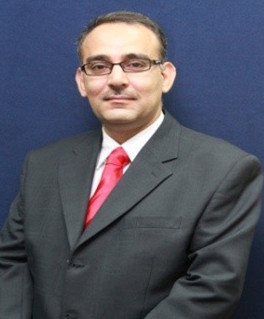Abstract—Despite the significant effort spent the efficient and reliable delivery of energy to individual households remains an unsolved challenge. One of the key roadblocks is the high complexity of the smart grid system. In this paper we propose a new architecture for the management of the energy flow between smart grid and households. The proposed design strives to dynamically balance and optimize the amount of energy between the grid and the various smart homes. The preliminary experimental results show that the proposed design can capture the major characteristics of a smart home system, and when combined with higher level optimization tools has the potential to provide significant energy saving.
Index Terms—Energy management, smart grid systems, renewable energy resources, intelligent connector.
D. Nguyen, H. Zhou, and J. M. Roveda are with the University of Arizona at Tucson, Tucson, AZ 85721 USA (e-mail: dcnguyen@ email.arizona.edu, hezhou@email.arizona.edu, wml@ece.arizona.edu).
H. Chang is with Maxim Integrated, Chandler, AZ 85225 USA (e-mail: gudxors@email.arizona.edu).
C. Talarico is with the Department of Electrical and Computer Engineering at Gonzaga University, Spokane, WA 99202 USA (e-mail: talarico@gonzaga.edu).
A. Annamalai is with Intel, Hillsboro, OR 97124 USA (e-mail: anitaannmalai@gmail.com).
[PDF]
Cite:Dung Nguyen, Hyungtaek Chang, Claudio Talarico, Anita Annamalai, He Zhou, and Janet M. Roveda, "Intelligent Connector (I-Connector) Design and Demand Response in Smart Grid," Journal of Clean Energy Technologies vol. 2, no. 1, pp. 95-100, 2014.


